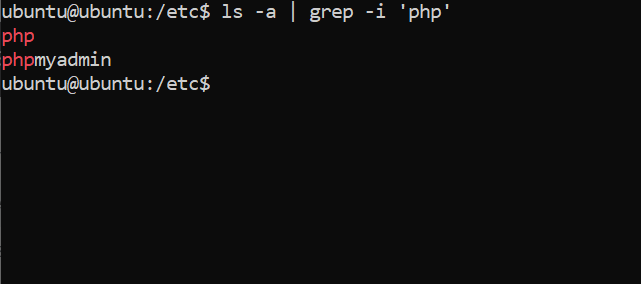

Grep comes with a lot of options which allow us to perform various search-related actions on files. It is a command line tool used in UNIX and Linux systems to search a specified pattern in a file or group of files. The precise syntax of regular expressions as they can be used in grep is available here.Grep stands for Globally Search For Regular Expression and Print out. In order to use regular expressions you need to tick the "regular expression" check box by default AquaGrep does not use regular expression patterns, but simply matches the search term.

match all lines that contain 0 or more alphabetical characters followed by '123' followed by 1 or more numbers.match all lines that begin with "hello".The "File Input:" text field lets you include multiple files in your search.Ī regular expression is way a to specify a search pattern such as: Selecting the different options allows you to only count the lines that match instead of printing them out, to ignore the case of the text, to prefix lines with their line number, to show only lines that do not match, etc. Pressing "Save As." will allow you to save the search results to a text file. The "Output:" box will display all the lines of the file that match the seach term. Press "Browse." and select the file you want to search (this has to be a plain text file as used by BBEdit or UNIX machines!).Enter the character string you want to search for in the "Search Term:" text field.

You will find a reference to the full grep documentation at the end of this webpage. If you want to take advantage of the full power of grep however you will probably need to read more about the grep tool, regular expressions, etc.

For basic uses of the tool the information in this web page should be enough to help you get started. It provides a convenient user interface for launching and saving grep text searches from the Mac OS X user interface. AquaGrep is no more and no less than a Mac OS X front-end to the Unix grep text search utility.


 0 kommentar(er)
0 kommentar(er)
